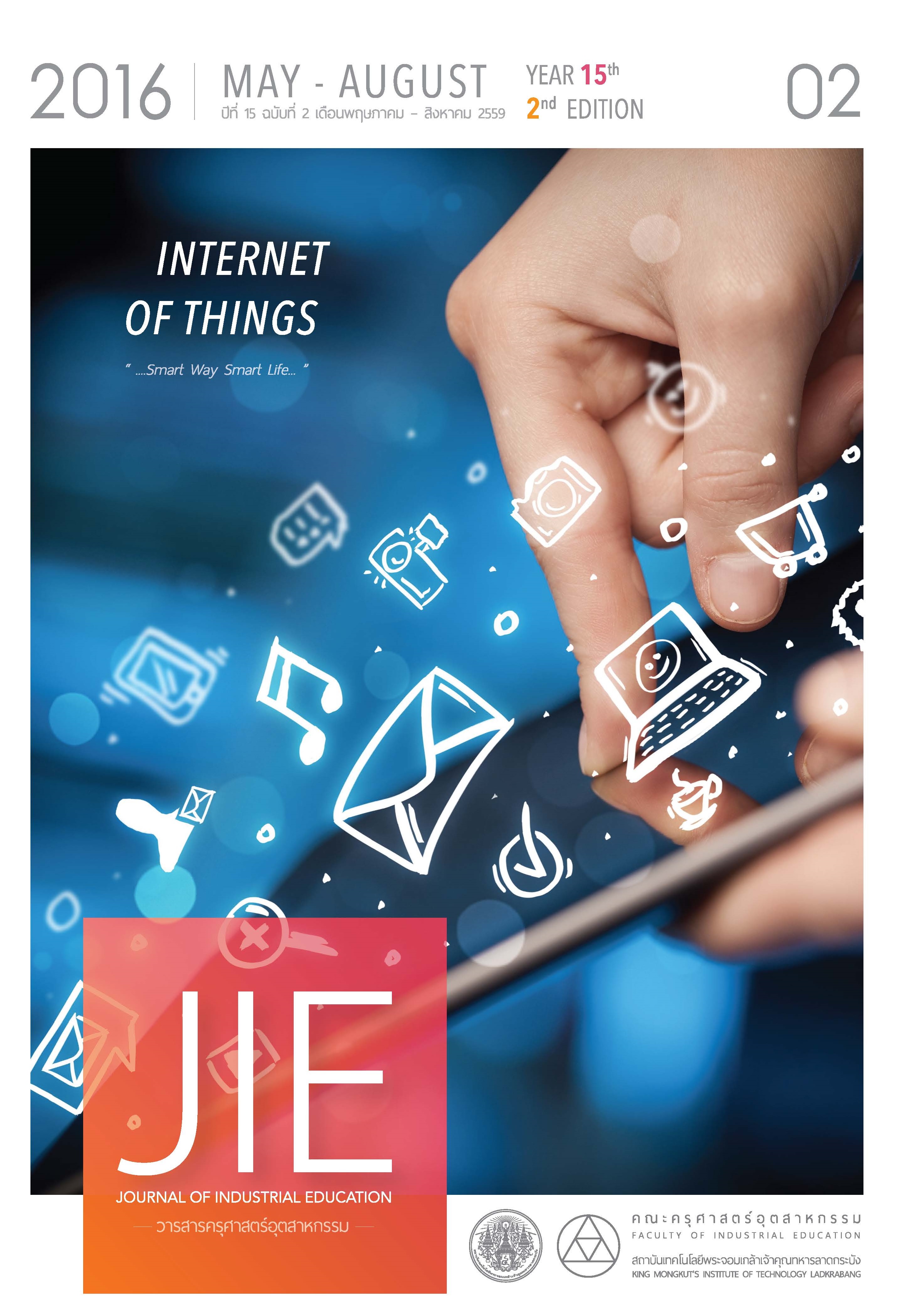DEVELOPING RICE HUSH PRODUCTS FOR SUSTAINABLE ENVIRONMENT BY INTEGRATING CURRENT KNOWLEDGE WITH LOCAL WISDOM
Keywords:
rice hush, product development, product design for environmental sustainability, integration of knowledge and wisdom, community participationAbstract
This research aimed at developing sustainable products from rice hush by integrating current knowledge to locally available wisdom in a selected rice paddy community. The research began with laboratory experiment basing on current industrial knowledge, to investigate possibilities in product development from rice hush, limitation, and opportunities in applying the knowledge in the local context. Subsequently, the adopted knowledge was integrated with locally available wisdom through community participation, comprising: people forums, interviews, workshops, and evaluations. The outcomes are as follows: (1) despite being treated as agricultural waste, rice hush was used as raw material for developing sustainable products for rice paddy communities; (2) integration of current knowledge and local wisdom was used in design to produce local trial products representing local identity; (3) innovation of production methods using natural rubber mold to shape up, and using plaster, cement, and cement grout for binding rice hush; (4) prototypes of products having rice hush surface texture reflecting the rice paddy farmers’ livelihood with beautiful culture can be obtained; (5) local people appreciate the products that are environmentally friendly from the production stage until they are no longer useable returning to the nature; (6) sustainable development concept for the community to save the natural capital sustainably.
References
[2] บุญรักษ์ กาญจนวรวณิชย์. 2552. แกลบและเถ้าแกลบ ประโยชน์เถ้าแกลบ. ค้นเมื่อวันที่ 25 มิถุนายน 2555, จาก https://www.mtec.or.th/inder.php?option= com.content&task=view.
[3] แสง จิตหงส์. (2556, 9 กันยายน). ผู้อาวุโสในชุมชนบ้านเมืองหงส์. [สัมภาษณ์โดย เมษยา บุญสีลา].
[4] สุธาสินีน์ บุรีคำพันธุ์ และคณะ. 2557.การศึกษาภูมิทัศน์วัฒนธรรมชุมชนย่านวัดพระธาตุหริภุญชัยเพื่อการออกแบบผลิตภัณฑ์สาธารณะ.วารสารครุศาสตร์อุตสาหกรรม, 13(2), น.81-88.
Bureekhampun, S. et al. 2014. A Study on the Cultural Landscape of Wat Phra That Hariphunchai Community to Design Public Facility. Journal of Industrial Education, 13(2), p. 81-88.
[5] ไพฑูรย์ ทองทรัพย์. 2549. การพัฒนาผลิตภัณฑ์หัตถกรรมจากเถ้าแกลบเพื่อใช้ในงานตกแต่งภายในและภายนอก. วิทยานิพนธ์ปริญญาศิลปประยุกต์ ดุษฎีบัณฑิต สาขาการออกแบบผลิตภัณฑ์ คณะศิลปประยุกต์และการออกแบบ มหาวิทยาลัยอุบลราชธานี.
[6] ผกามาศ แซ่หว่อง และคณะ 2549.ผลิตภัณฑ์ของเล่นและของชำร่วยจากเถ้าแกลบ. กรุงเทพฯ: ศูนย์เทคโนโลยีโลหะและวัสดุแห่งชาติ.
[7] ทรงวุฒิ เอกวุฒิวงศา. 2557. การพัฒนากระบวนการผลิตวัสดุไม้เทียมแบบขึ้นรูปอิสระจากหญ้าแฝกร่วมกับขยะพลาสติกเพื่อประยุกต์ใช้ในการออกแบบผลิตภัณฑ์. วารสารครุศาสตร์อุตสาหกรรม,13(3), น.42-50.
Egwutvongsa, S. 2014. Development Process to Produce Wood Substitute Materials Free Working from Vetiver Grass with Plastic Litter Applying in Design Products. Journal of Industrial Education, 13(3), p. 42-50.
[8] กรมส่งเสริมคุณภาพสิ่งแวดล้อม กระทรวงทรัพยากรธรรมชาติและสิ่งแวดล้อม. 2551. ผลิตภัณฑ์ที่เป็นมิตรกับสิ่งแวดล้อม การอนุรักษ์สิ่งแวดล้อม. ค้นเมื่อวันที่ 3 มีนาคม 2556, จาก https://web.ku.ac.th/
Downloads
Published
How to Cite
Issue
Section
License
"The opinions and contents including the words in papers are responsibility by the authors."
"ข้อคิดเห็น เนื้อหา รวมทั้งการใช้ภาษาในบทความถือเป็นความรับผิดชอบของผู้เขียน"



